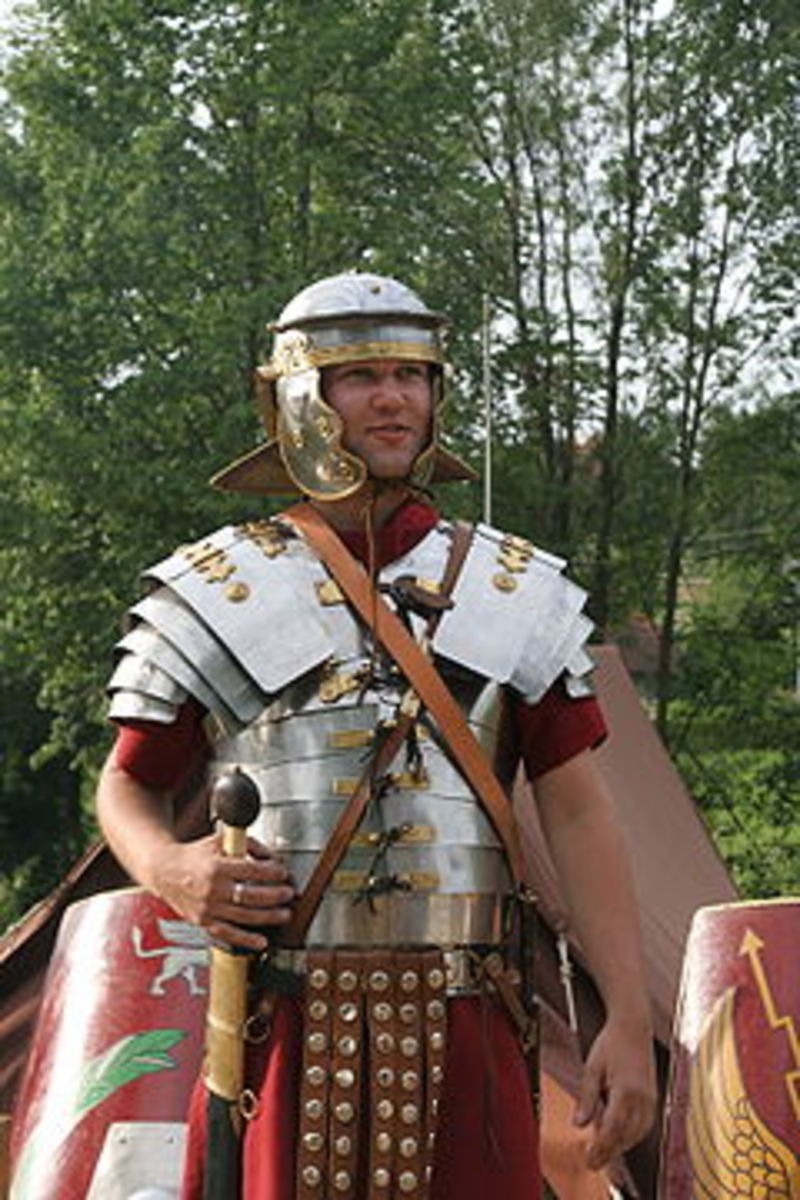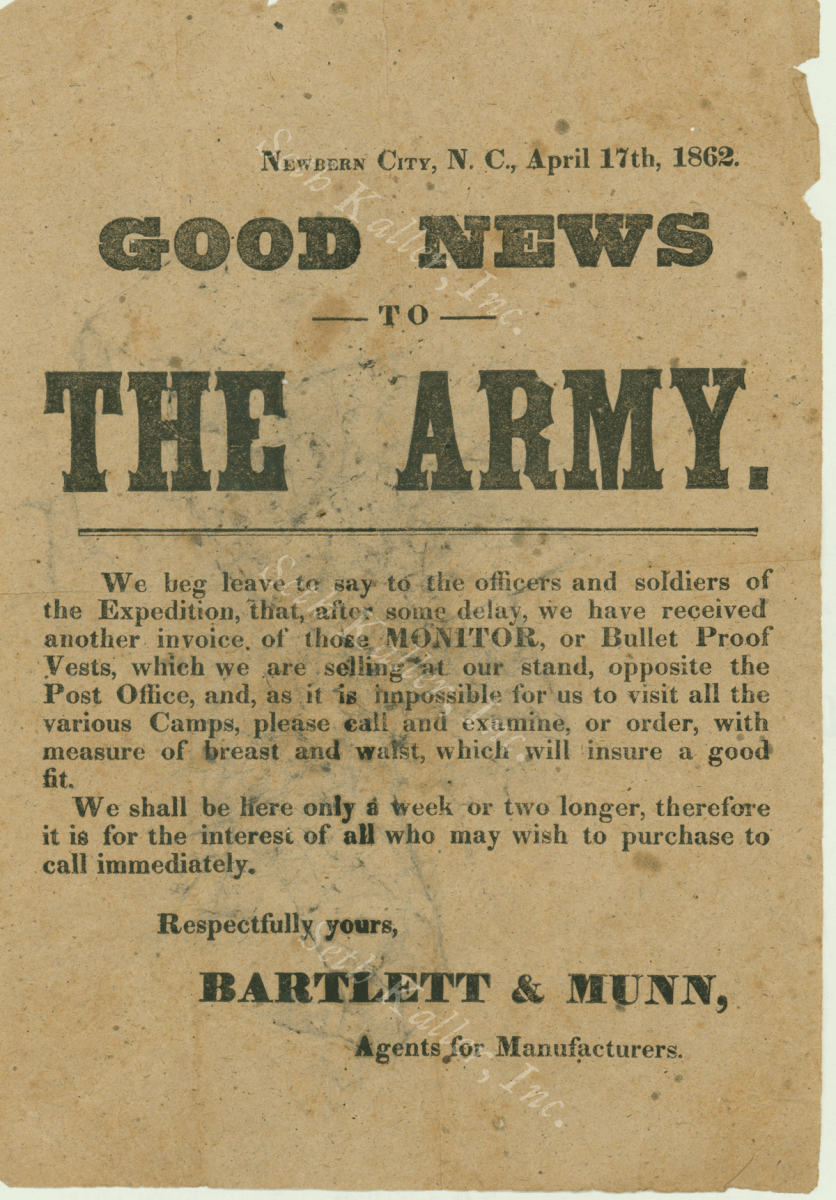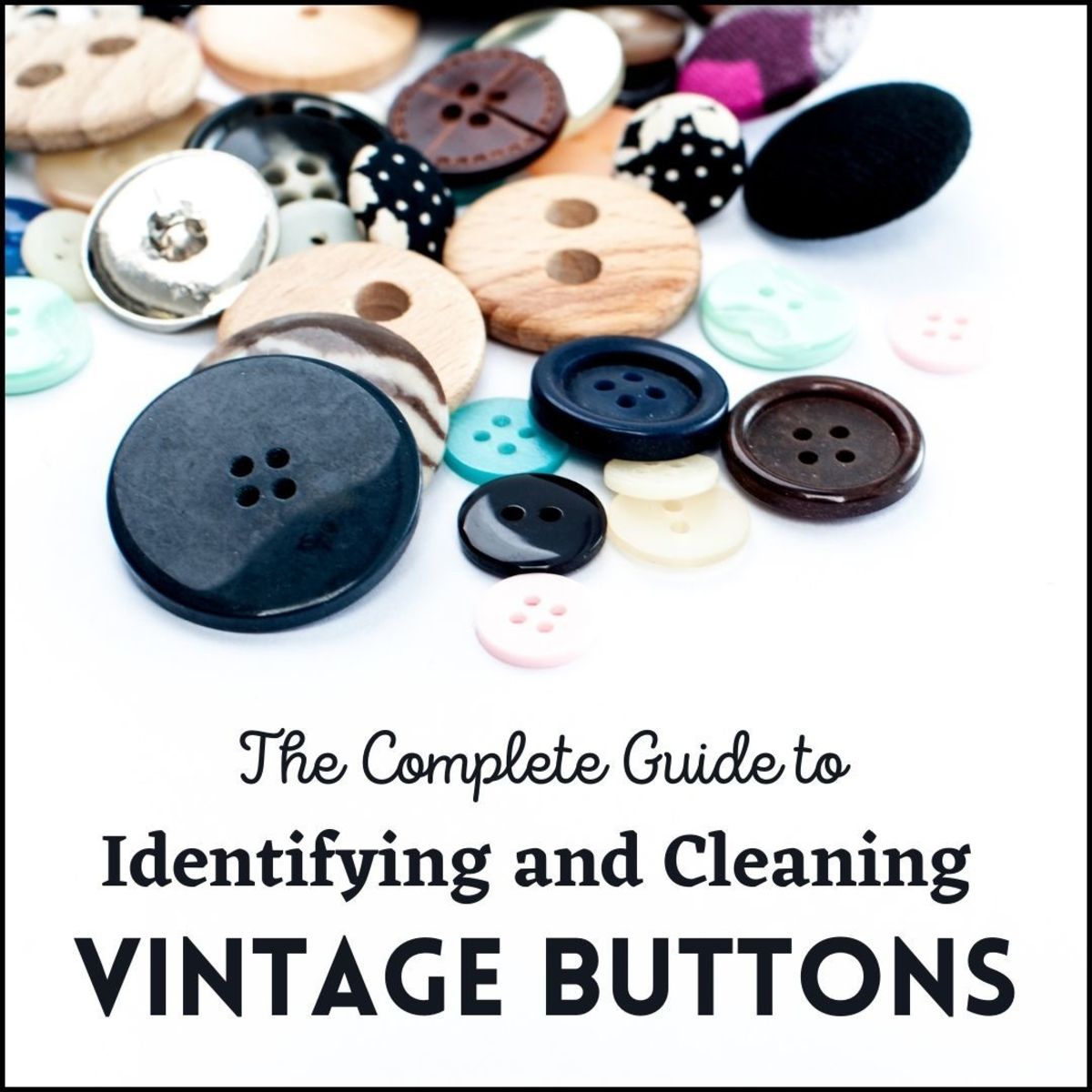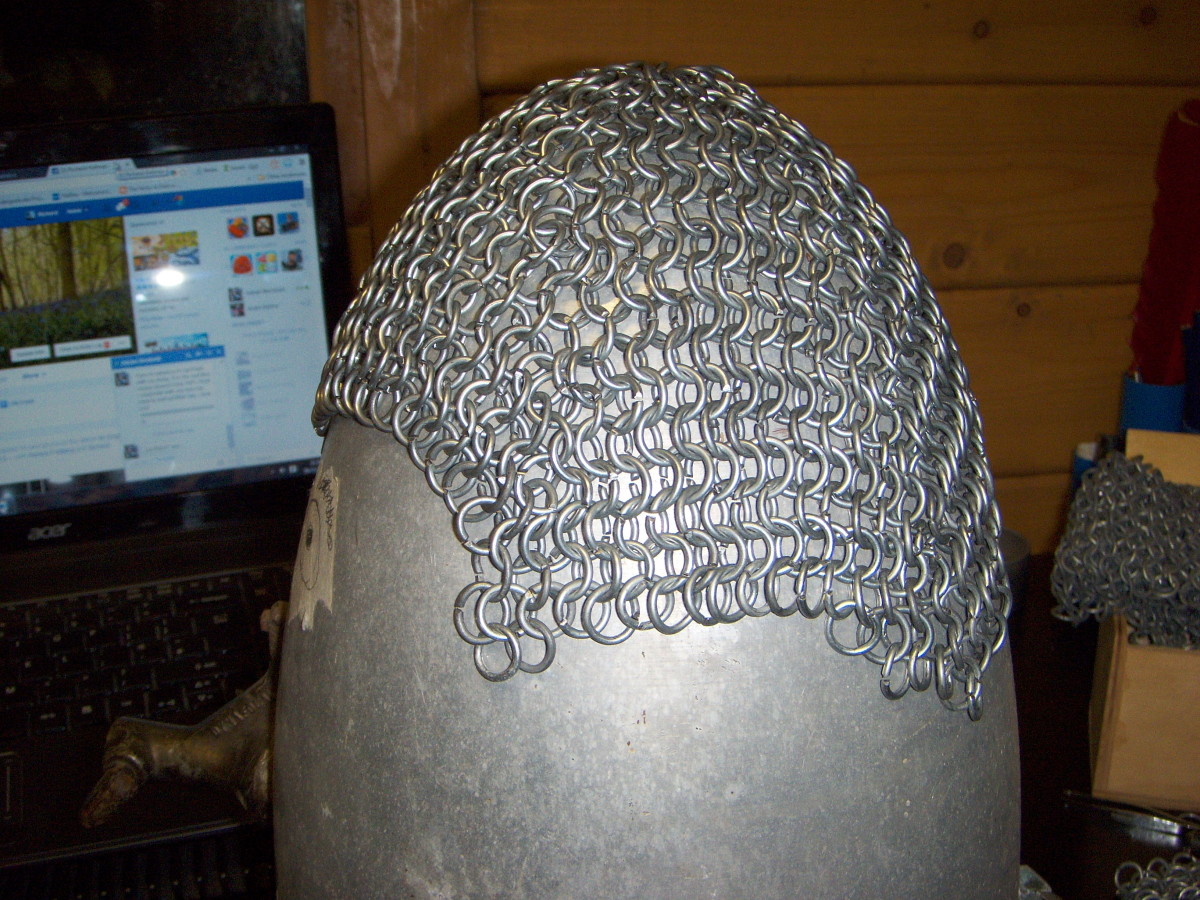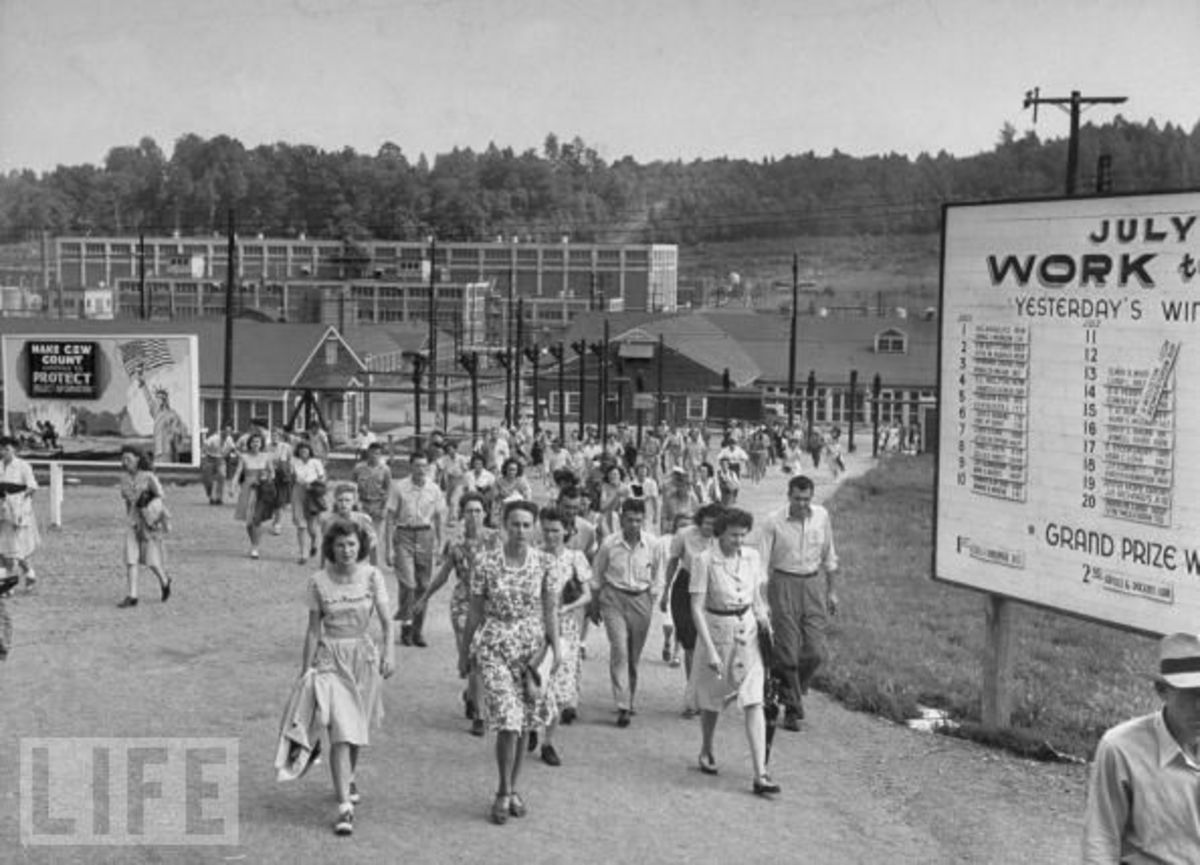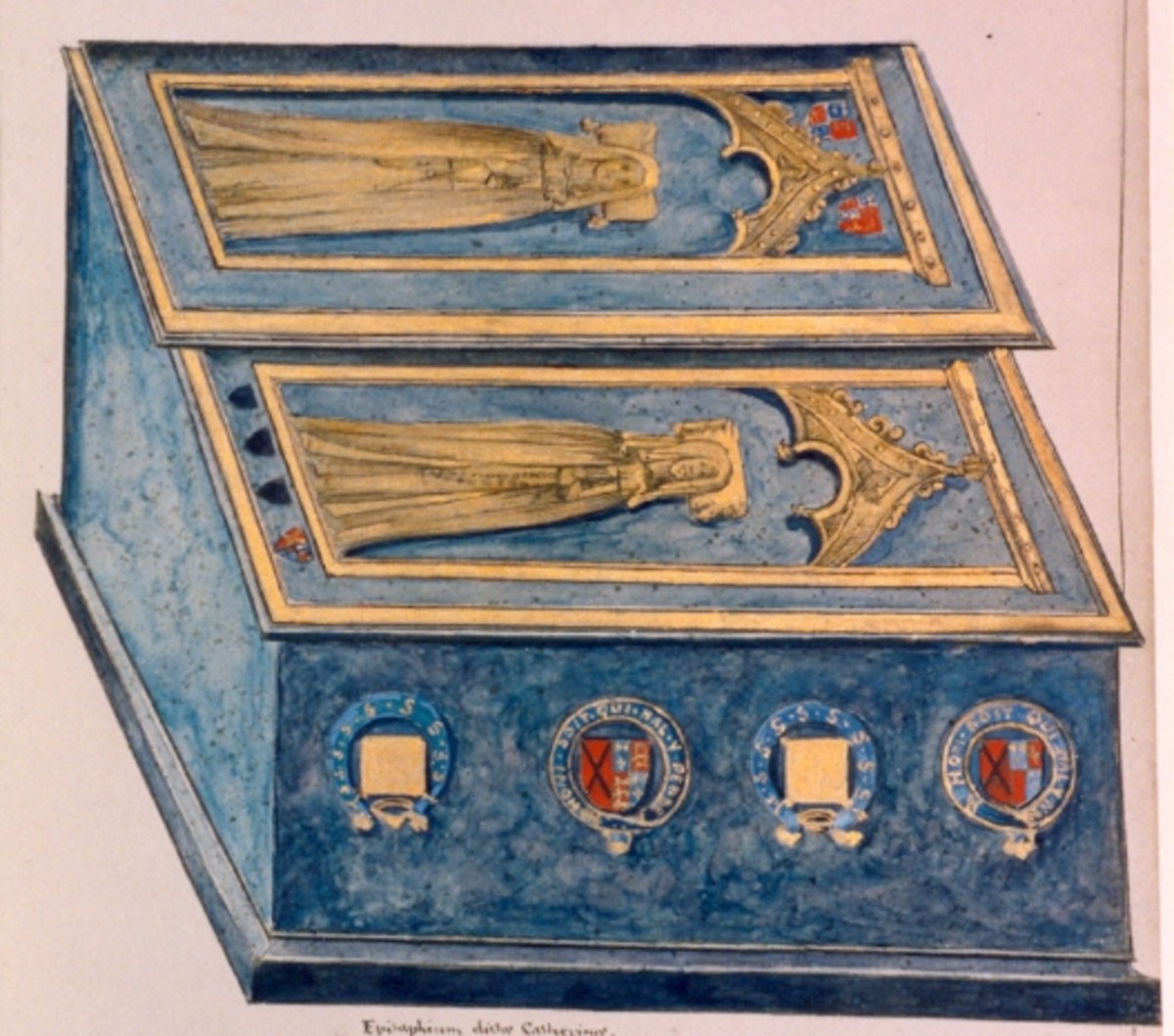Those Knights in Shining Armor


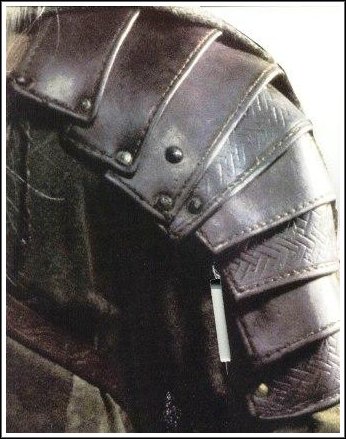
Knights in shining armor weren’t always so shiny. That’s because armor wasn’t always made with metal. The first armor is thought to be tanned, tough leather. It could be spit shined to a high gloss, but it couldn’t hold a candle to highly polished armor made of metal.
But before metals came on the scene, leather was the best choice. It made good protection and as time passed, ways to make stronger leather were discovered. One method was by boiling it. Thick leather made in this manner was called cuir bouilli and was much harder and brittle. Shaping was accomplished by pressing it into a wooden mold or stretched around a model.
Another discovery was coating leather armor with lacquer. It was usually a black or red color and made from the resin of sappy trees. This type was extremely popular in China, despite being heavier and less flexible. The upside was it was extremely strong. There were other types of leather armor, but these were the most common.
The first battle protection considered as actual armor was chainmail, derived from the French word "maille," meaning "mesh or net." Historians generally agree it was invented by the Celts around 300-500 AD. However, some sources claim ring-based chainmail may have been used as early as 300 BC in places like Europe, Rome, East Asia India and North Africa.
Chainmail is made of steel or iron rings linked then welded, riveted or tied together with hand pulled wire. Sometimes rings were stamped out of sheets of metal. Although not used in combat today, chainmail still has many practical applications. Butchers, poultry workers and carpenters use chainmail gloves and jackets for protection against serious cut or puncture wounds.


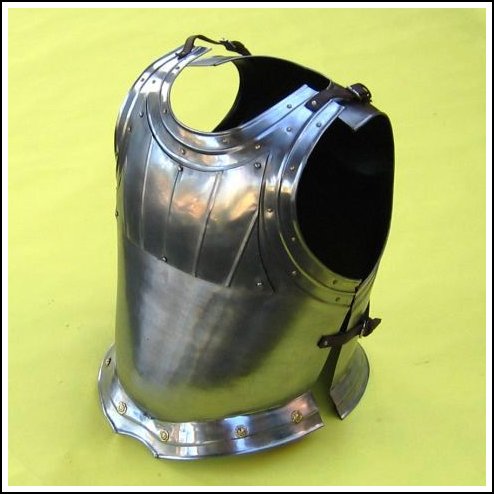
Scuba divers use it when in shark infested waters and animal handlers find it a necessity to prevent animal bites. Some police officers use it to fend off knife wielding criminals. It is also used by industries in the form of hanging drapes where shards of flying metal could harm employees.
Along with chainmail, wooden and metal shields came into use and eventually metal body covering, most closely associated with the suit of armor worn by medieval knights. The term "knight" comes from the Anglo-Saxon word "cniht," meaning a boy, because most early knights were not much more than that.
They entered into military service with nobles or warlords who offered money or promised a share of plunder. Perhaps, the greatest addition to a knight’s equipment was the stirrup in the 8th and 9th centuries. Their effectiveness depended on the ability to stay mounted during combat. The stirrup accomplished that. But armor wasn’t always all inclusive, covering the entire body. For a long time only a helmet and perhaps leg plates were worn. Protection for the most part was provided by a large shield.

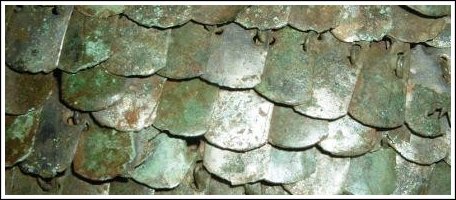
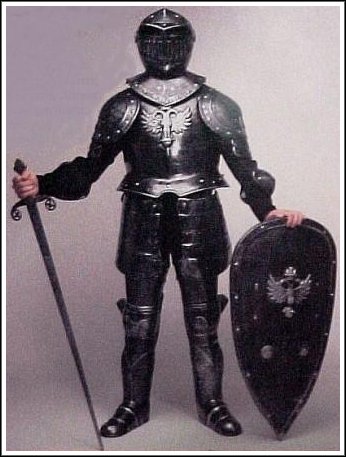
The next major advancement was plate armor which first appeared in Medieval Europe. A water-powered trip hammer had been invented which made armor plates faster and cheaper to produce. There were many types developed by Europeans, including the thelorica segmentata style worn by the Roman Legions as well as the full steel plate of medieval and renaissance knights. Breast and back plate armor is known to have been used by heavy cavalry in several European countries up until the beginning of World War I.
In East Asia many types had been utilized including, plated mail and partial plate armor to protect the vital chest area. The Chinese, for example, found full body armor restricted their movements, not to mention being heavy. Other body parts were covered in cloth, leather, chainmail or other suitable protective material. Early armor plating between the 13th and 15th century, was made of iron. Plate armor also had the advantage of being fitted with a breast plate lance rest.
However, the age of the knight was gradually coming to a close. In the early 15th century, advances in weaponry began to make armor much less effective. To compensate armor had to be increasingly thickened, thus adding more weight. Then, with the introduction of low velocity firearms and muskets, a suit of armor didn’t always guarantee a knight’s safety. A shot at close range, or a well aimed crossbow arrow could sometimes still penetrate it.

Gradually,starting in the mid-16th century, piece after piece of heavy armor began being discarded as foot weary soldiers complained it was useless to haul around. It was around this time a European blacksmith revolutionized the entire concept of body armor with the first bulletproof vest. He fired a shot at his armor which only dented it, thus proving it was indeed, bulletproof.
The next improvements came about in the late 1800s when both Japanese and Korean inventors developed what is considered the first modern bulletproof vests. It was found 30 layers of silk fabric could stop the black powder propelled bullets of the era. This discovery paved the way for numerous inventors who improved upon its effectiveness as ammunition became more powerful.
Casimir Zeglen, a Chicago priest created a way of weaving a steel plate between four layers of silk. Zeglen claimed his vest could stop a .44 caliber bullet. His boast was proved when he personally demonstrated it before a live audience in New York City.
Unfortunately, his invention never went far as military tests found it was too hot for soldiers to wear and expensive to produce. It is interesting to note Zeglen offered one to President McKinley. A meeting was set for a month later due to pressing matters of state. Two weeks later in Buffalo, McKinley was assassinated by a .32 caliber bullet…a shot that could have easily been stopped by his vest.
Flak jackets, constructed of ballistic nylon appeared during World War II and were primarily used by the military. Although they provided protection from some small arms fire and shell fragments they were not effective against high velocity pistol and rifle rounds. They were also extremely cumbersome.
To date, there is no such thing as a bulletproof vest, only “bullet resistant,” unless you can wear a tank. There is always some firearm able to penetrate even the latest advancement. Presently, the synthetic fiber Kevlar is the material used in bullet-resistant vests. But, researchers are constantly striving to develop or find materials to make a truly bulletproof vest.

